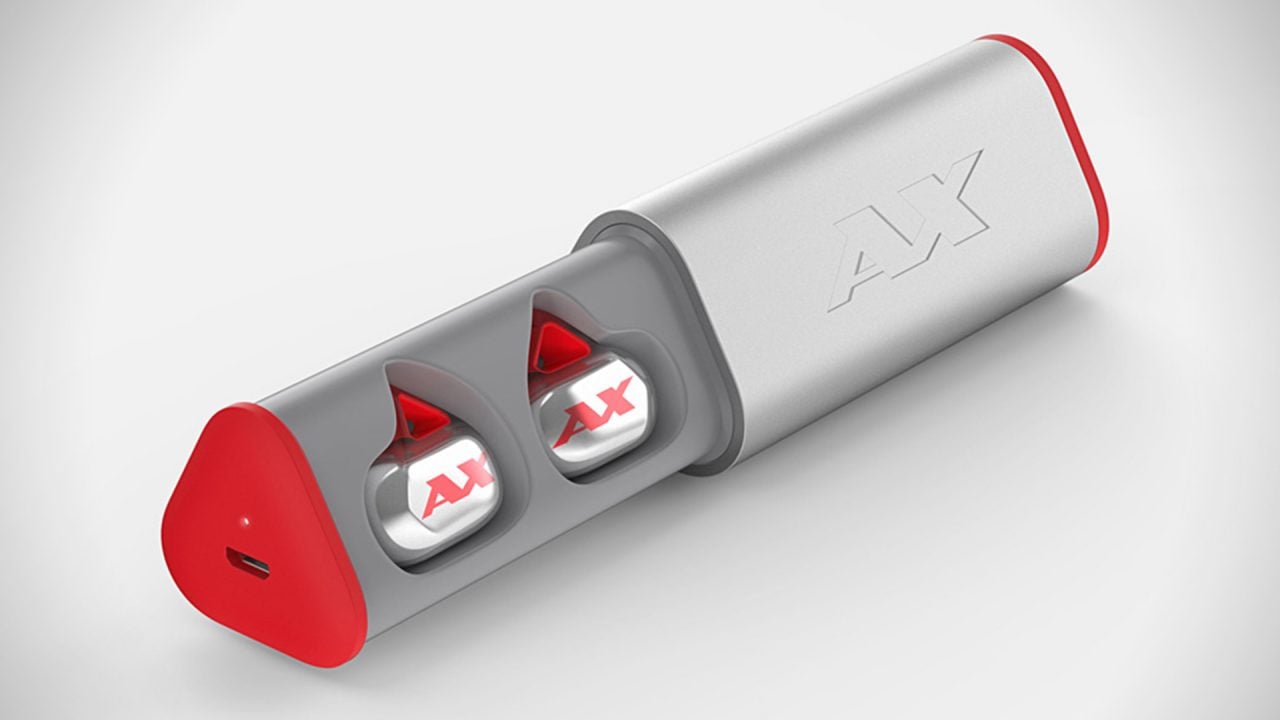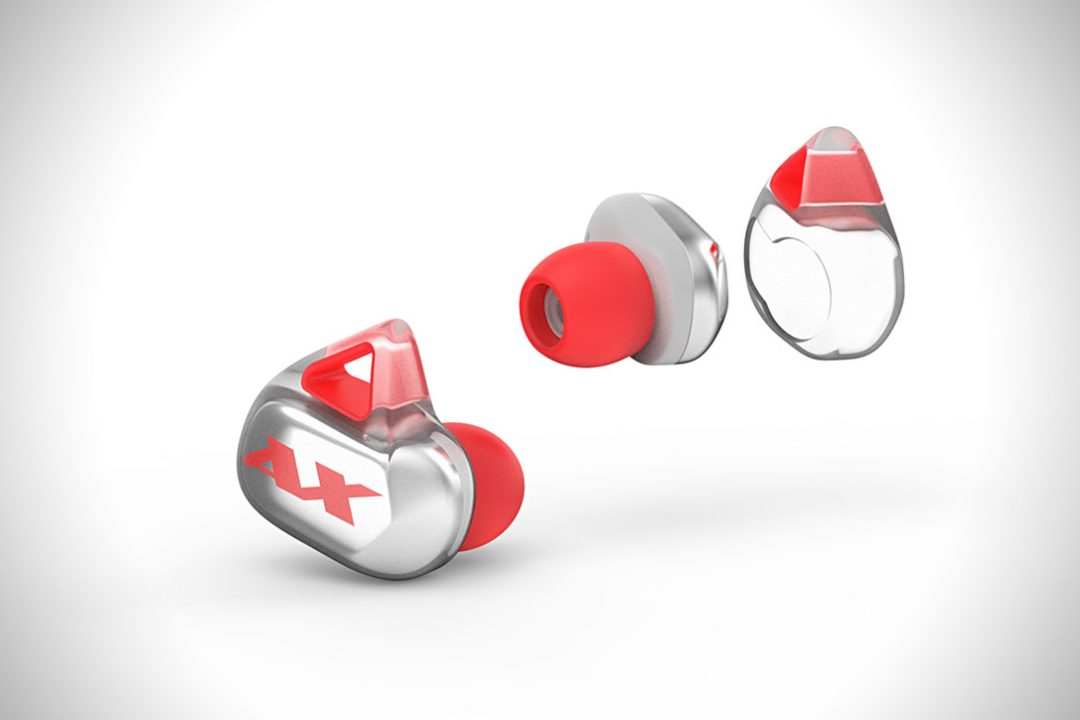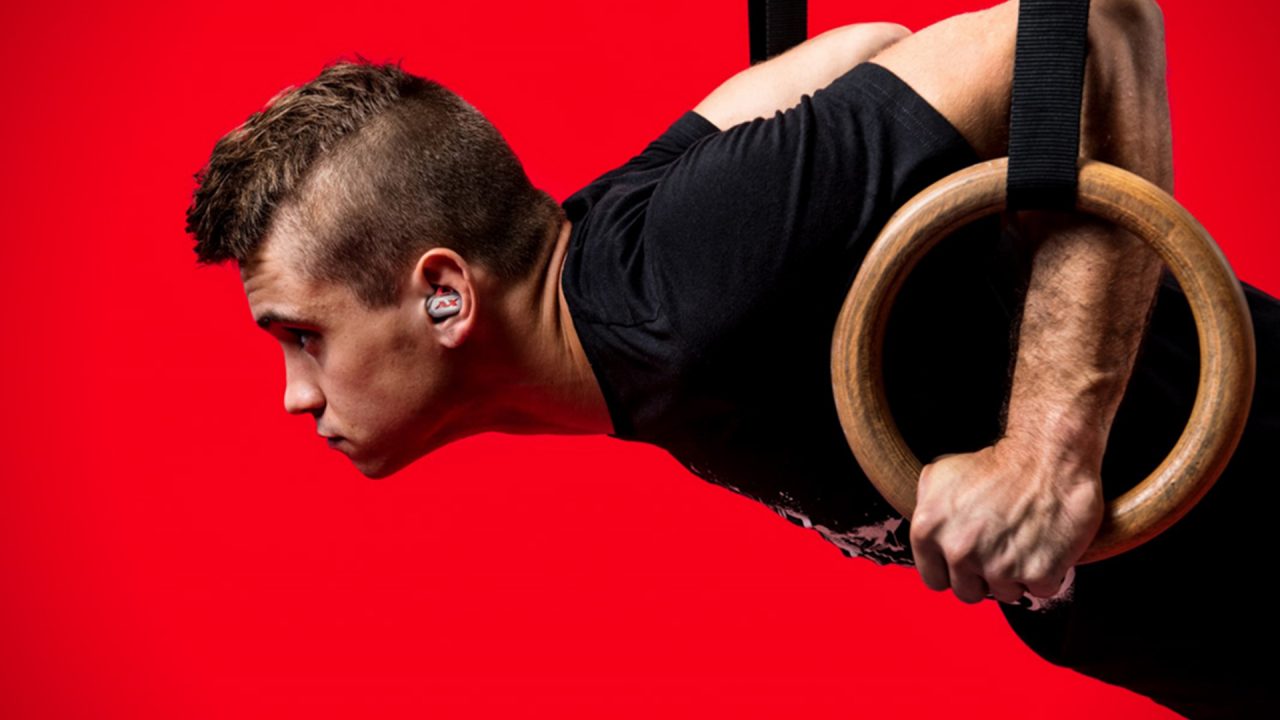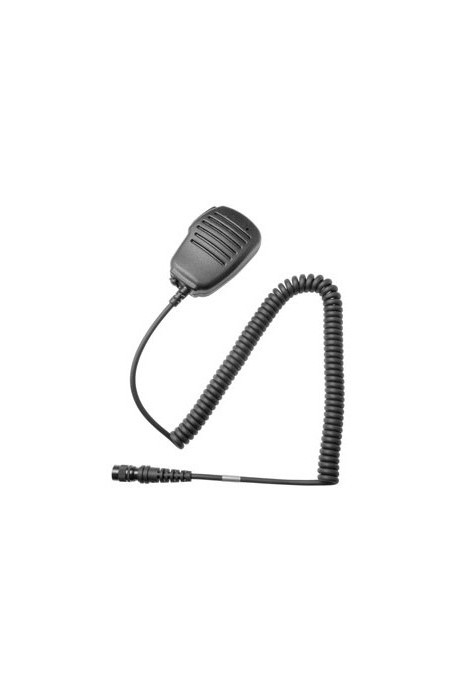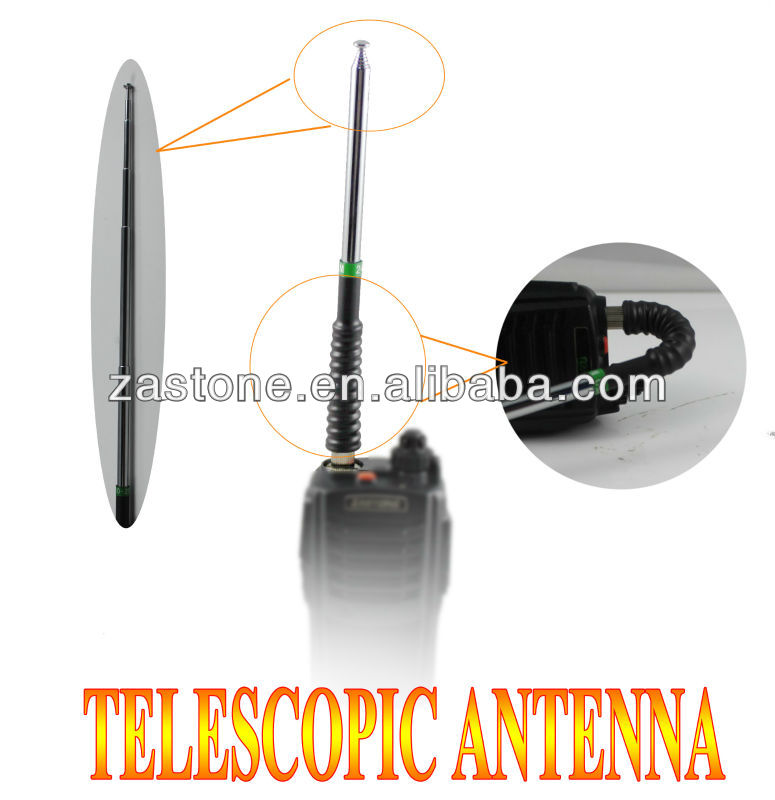To do this, you simply need to go into your mobile phone's settings and then change answering mode to Auto; this enables your phone to answer automatically when you ring it. Most mobile phones only work in the Auto answer mode, after you have plugged in the headset.
After turning on the Bluetooth headset, make sure it's properly paired with your cell phone, and confirm the battery has adequate charge. Hide your Bluetooth headset somewhere you know it'll pick up the sounds clearly, however, make sure that it's well hidden.
Leave the room, however, do not go very far. The Bluetooth connection will work through the walls, but if you happen to go far away, it'll not work very well (the range can be up to about 30 feet or 3 rooms away). Now test your cell phone by calling it to see how far you can actually go and still get to hear the bugged room through the Bluetooth headset.
You can wait for the conversations to get to the interesting part, and then turn on voice recorder on the cell phone; it should be able to record via the microphone of your Bluetooth headset.
2. Using a Two Way Radio and Earpiece
Two way radios allow users to communicate when they're far away such that they can not hear each other. These devices use radio frequencies instead of cell phone towers which means they will work in areas where there's no cell phone coverage or reception.
The two way radios offer instantaneous communication; users simply need to press the Push-To-Talk (also known as PTT) key, and they can instantly talk and convey their particular message to the other party. This is due to the quick call setup time that's entrenched in this technology. The ability to offer quick communications is one of the reasons why most organizations prefer the two way radios for their tactical and operational communications.
Another great feature of the two way radios, is the ability to facilitate one to many (also known as, group calls) communications effectively. This basically means that a single user can conveniently communicate with 2, 10, 20, and more, of other two way radio users at the same time. In short, there is no need for you to repeat time and time again when you want to communicate with many people and using a two way radio earpiece, this communication is much more secure
3. Ear Spy Application
Ear Spy App is a great eavesdropping tool. Depending on just how good your cell phone is, this app can become a very high powered listening tool. Ear Spy application can route the audio from your cell phone's mic right to to your headset letting you eavesdrop on the people around you whilst remaining inconspicuous. When using a Bluetooth, you can use this app to spy from a room nearby; you simply need to leave your cell phone near the target, and then use your Bluetooth headset to eavesdrop. If you want to fine tune the incoming signals, you can use the graphics audio equalizer. Whether you wish to eavesdrop on particular conversations or you just want to play some spy games, Ear Spy application will be of great help in your endeavor. You should know that this app requires you to use headphones, otherwise you will get poor audio feedback.
4. Spy Glasses
This spy device comprises of an in built Bluetooth transmitter which looks like ordinary glasses, a microphone and a wireless earpiece. Connections between the glasses, the earpiece and your cell phone are wireless, thus totally unnoticeable to other people; the device's ultra compact design basically ensures nobody will know it is a spy tool. Spy glasses are compatible with almost any mobile phone which has the Bluetooth option. Actually, the Spy glasses are universally compatible with all the standard Bluetooth enabled equipment including computers. Some of the features of this device include; excellent transmission and reception of audio signals, built in microphone, and a large capacity Lithium battery.
5. Micro Air Vehicles (MAVs)
Modern technological advances are ever increasing human's potential for developing tiny things. As for the United States Air Force, this translates to revolutionary designs in the air vehicles to provide the war fighters with new tools which can enhance both the situational awareness, and also the capacity of engaging quickly, accurately, and with minimal collateral damage. This is where Micro Air Vehicles (also known as MAVs) come in. The term MAV or micro air vehicle, refers to the a new type of advanced remotely controlled aircraft (abbreviated as, UAV) that's significantly much smaller than other similar aircraft. Typically, MAVs can easily blend in with the surrounding environment, stay in air for a long period of time, and can go places which can't be reached safely by humans, or most of the other types surveillance equipment.
The target dimensions for MAVs is approximately 6 inches (15 centimeters), and the development of actual insect sized aircrafts is expected in near future. As a matter of fact, various efforts in the research on micro air vehicles have involved attempting to mimic flying insects so as to achieve the flight capabilities which aren't attainable through the use of other means of aerial propulsion. In the year 2007, a bug like Micro air vehicle model with a wingspan of 3 cm was revealed at a robotic's conference; in the year 2008, the United States Air Force released a video showing Micro air vehicles which were the size of a bumblebee; and in the year 2012, some engineers from Johns Hopkins University started studying flight of butterflies to discover how airborne robots can mimic their maneuvers.
The potential military use is 1 of the key driving factors, although the micro air vehicle can also be used commercially, as well as in scientific and mapping applications. The main military use envisioned for the micro air vehicle is gathering of intelligence via the use of microphones, cameras, or other types of sensor.
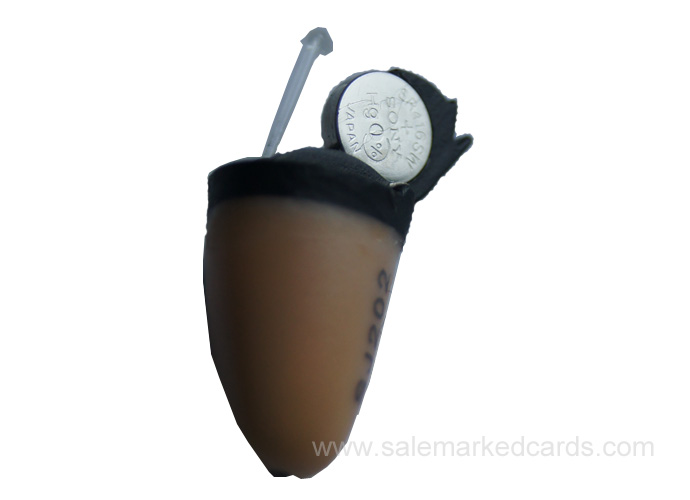
Conclusion
Some of the above points are illegal, and you should not do any of them. Also, do not use any of the above methods to record any intimate relations; the legal consequences of doing so are very severe. Finally, keep in mind that it's illegal in the US to make recordings of people without their consent/permission; and depending on what you'll do with the recordings, you might find yourself in big trouble.




